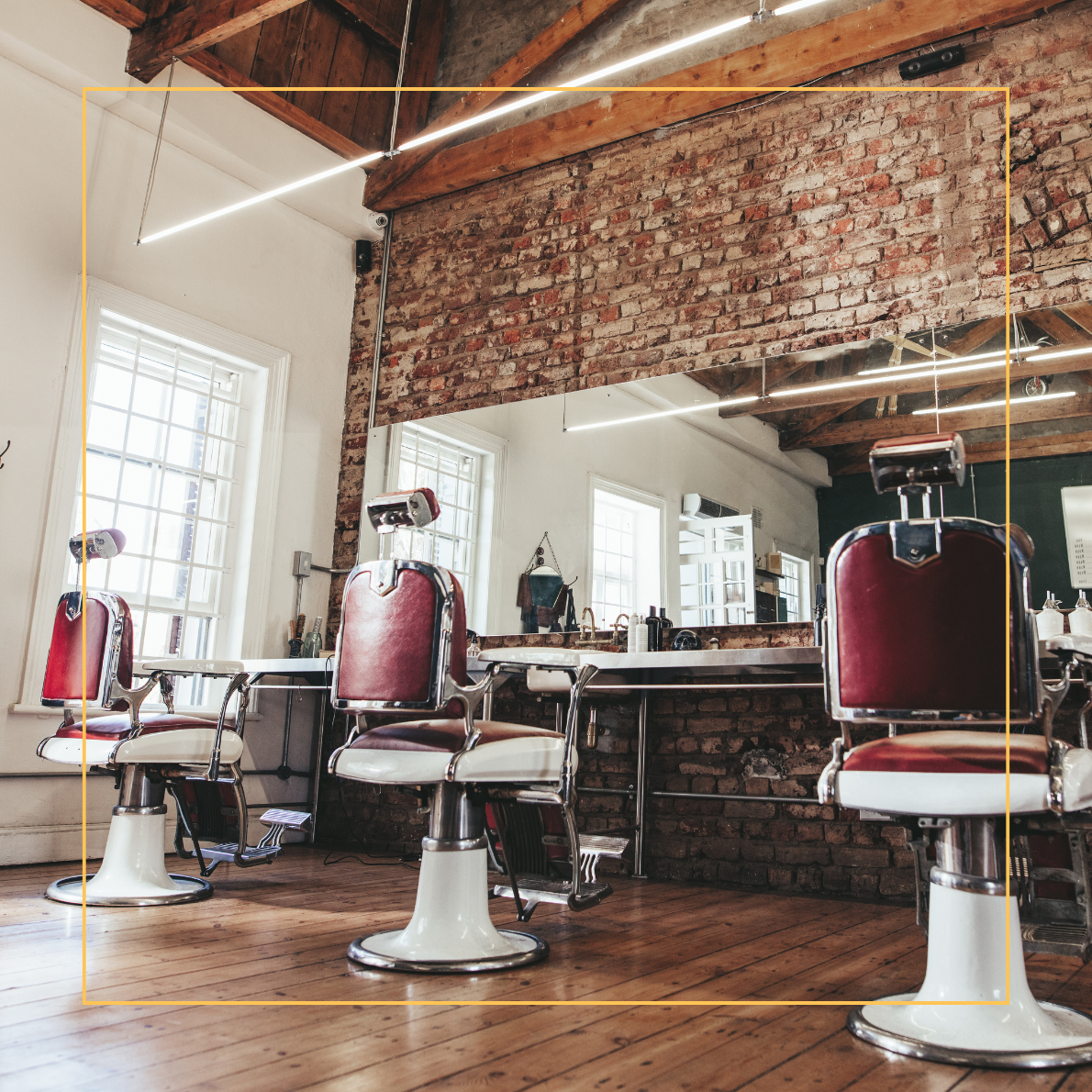Styling a wig has endless possibilities and options for your hair clients! As you get into wig hairstylist mode, knowing how to choose wigs is essential. Your clients should be able to rely on your expertise to learn the ins and outs of how to choose the right wig. If you’re unfamiliar with all of the varieties of wigs out there, our guide will help you learn how to choose wigs for your hair clients.
What are the Main Kinds of Wigs?
This is likely the first question you’ll ask yourself before styling a wig. Start by asking your hair client if they’re looking for a ready-made or custom wig. When figuring out how to choose the right wig, this choice makes a huge difference in cost and overall appearance.
Ready-Made Wigs
These are the stock hair systems that are a pre-styled one-size fits all option. Some of these units offer versions that can be adjusted to the wearer’s head. Since they aren’t specifically made for the client, they tend to look slightly less realistic, but they’re the more affordable option.
Custom Wigs
If your client is searching for the most natural-looking wig, going for a custom wig can ensure they’re getting a tailor-made wig. These wigs are made with lightweight materials that are comfortable to wear and focus on the front of the hairline. When styling a wig, the hairline makes a massive difference between a wig that looks natural and one that doesn’t.
How to Choose the Right Wig Types
Once your client has decided on a ready-made or custom wig, next, let’s get into the varieties that go into the process of how to choose wigs. The most popular types of wigs arepolyurethane (poly) and mesh (lace and monofilament). As awig hairstylist, get a better idea of your client’s specific needs as they choose from full wigs, toppers (partial wigs), and hairpieces.
Polyurethane Wigs
Poly wigs have a thin base that helps to match and blend with the client’s skin tone. The material of the base is skin-like, allowing for easy application of hair tapes and liquid adhesives. As far as comfort goes, these aren’t as breathable as other options and can have a thicker feel on the scalp. The thickness can also affect how natural the hairline looks on the wearer’s head.
Mesh Monofilament or Lace Wigs
Choosing this type of wig is the more versatile option for styling a wig as they can be tucked behind the ears and put into an updo without the wig base being noticeable. Since the base is composed of either mesh or lace, it allows for a natural look, and the hairline goes virtually unnoticed. These materials are also great for sensitive scalps as they are breathable. These wigs tend to be more delicate, so always use adhesives that work well with lace bases.
Which is Better, Synthetic or Human Hair Wigs?
This is another common question you’ll often hear from your hair clients. Choosing the right wig means deciding between synthetic or human hair wigs. Let’s get into the specifics of these two hair options.
Human Hair Wigs
For the most versatility when styling a wig, human hair wigs are the way to go! You can heat style human hair wigs just like natural hair (use the lowest heat setting to maintain the quality of the hair.) They give the most natural look and feel, plus they can last over a year with proper care. Remy human hair is the best type of human hair—with all of its cuticles intact and facing the same direction, the hair is less prone to tangles and provides long-lasting quality.
Synthetic Hair Wigs
This hair has a similar look and feel to human hair, but if you’re styling a wig made of synthetic hair, it’ll be more challenging than human hair. You won’t be able to heat-style a synthetic wig unless you specifically buy heat-friendly synthetic hair. If your client is looking for a more affordable option than human hair wigs, this will be their go-to choice. They require minimal maintenance and generally last from four to six months with proper care. Choose this option for clients wanting to use their wig on a short-term basis since they don’t last as long as human hair wigs.

